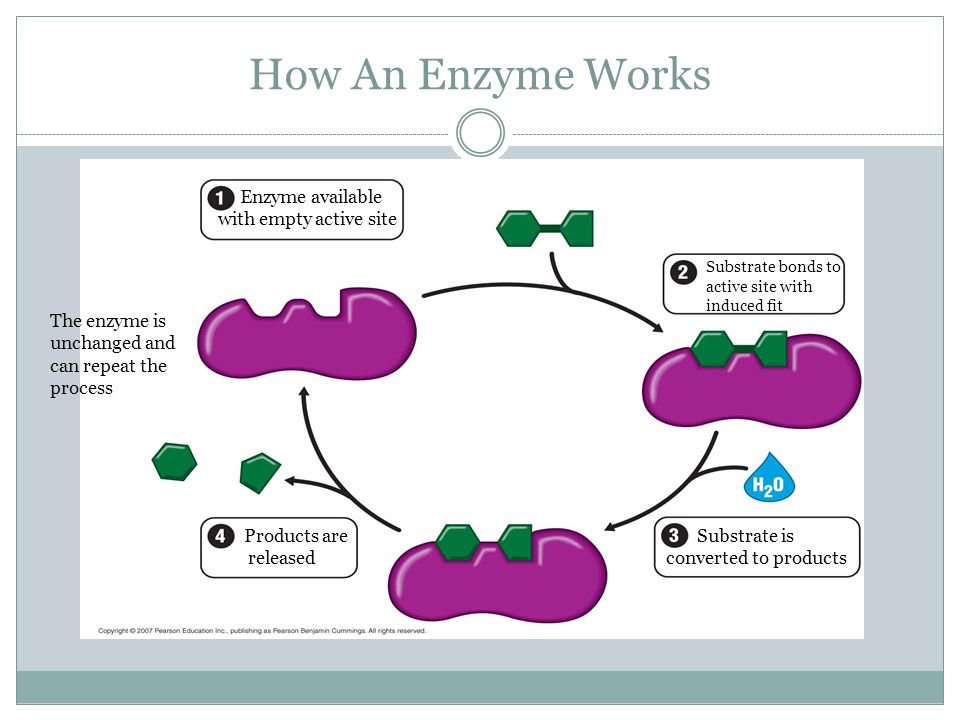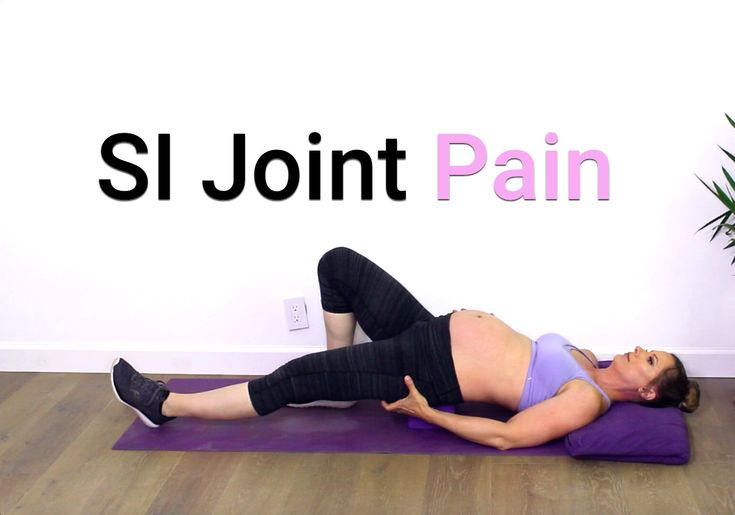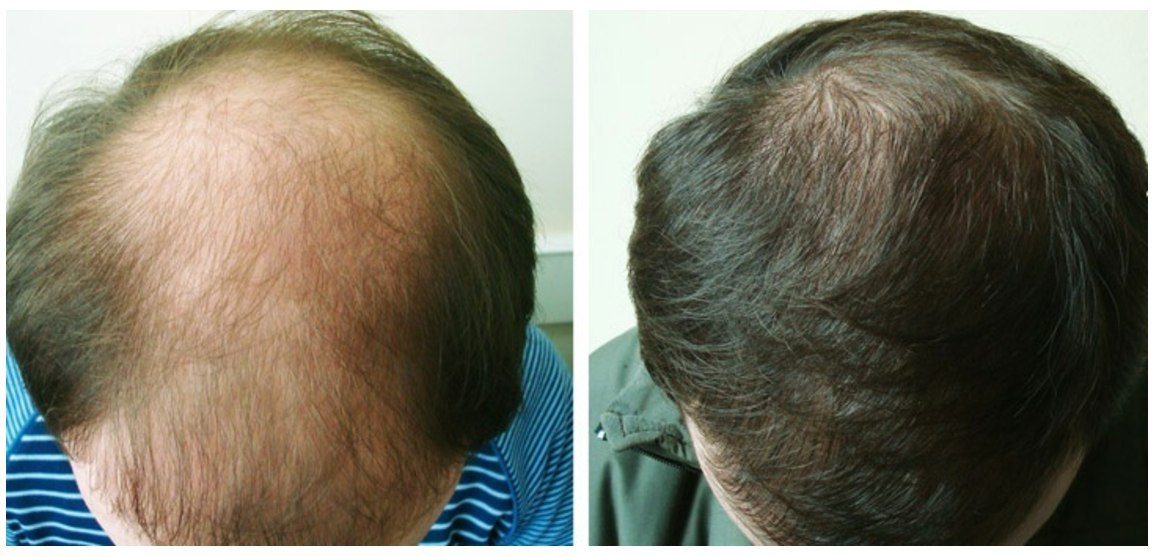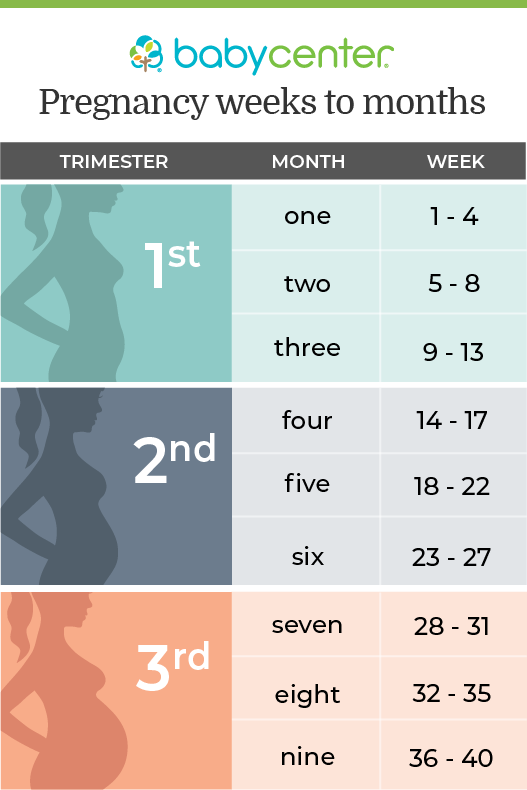Hair growth during pregnancy before and after
Growth, loss, and what to Expect
During pregnancy, a person may notice that their hair becomes thicker, and they may experience additional hair growth. After pregnancy, hair loss may occur due to changes in hormone levels. Hair should return to its previous condition after some time.
This article describes the hair changes a person can expect during and after pregnancy.
It will also offer tips and potential treatment options for postpartum hair loss.
People may notice changes in their hair texture and hair growth during pregnancy.
According to the American College of Obstetricians and Gynecologists (ACOG), hormonal changes during pregnancy may cause additional hair growth on the head and body.
Some people may notice hair growth in areas where they typically do not have hair, including their face, chest, abdomen, and arms.
The hair may also become thicker. A person may notice that their hair appears thicker approximately 15 weeks into pregnancy. The individual strands of hair do not become thicker, but the increase of estrogen during pregnancy causes the hair to stay in the growing phase of its cycle for longer.
A person’s hair should return to its previous condition within 6 months after delivery.
In other cases, a person’s hair may become thinner or fall out. This can occur due to a decrease in estrogen. The decrease in estrogen may occur as a result of:
- no longer taking an oral contraceptive pill
- a hormonal imbalance
- a pregnancy loss or stillbirth
A person may experience hair loss from the scalp approximately 3 months after giving birth.
Postpartum hair loss — medically known as telogen effluvium — occurs shortly after childbirth due to the body’s changing levels of progesterone and estrogen. Doctors may also refer to postpartum hair loss as excessive hair shedding.
After the birth, the body’s hormone levels drop quickly to return to their prepregnancy levels. This decrease in hormones triggers the hair to revert to its former growth cycle.
Although it can differ from person to person, the hair should grow back entirely in 3–6 months.
According to the American Academy of Dermatology (AAD), postpartum hair loss is normal and temporary.
It is also important to note that it is not true hair loss. It usually stops within 6 months post-birth, and most people see their hair return to its usual thickness within 1 year, although this could happen sooner.
Those who do not regain fullness within 1 year should talk with a doctor, as excessive hair loss could be due to another health condition, such as hypothyroidism or thyroiditis.
Hair loss due to pregnancy is temporary, and a person does not need to take any steps to treat it. However, the AAD suggests the following tips for postpartum haircare:
- switching to a volumizing shampoo and conditioner
- avoiding shampoos labeled “conditioning shampoo” and conditioners labeled “intensive conditioners”
- applying conditioner to the ends of the hair instead of the scalp
- using a conditioner formulated for thinning or fine hair
- trying a new hairstyle that gives the illusion of a fuller look
Maintaining a healthy diet
Nutrition is an important part of postpartum recovery.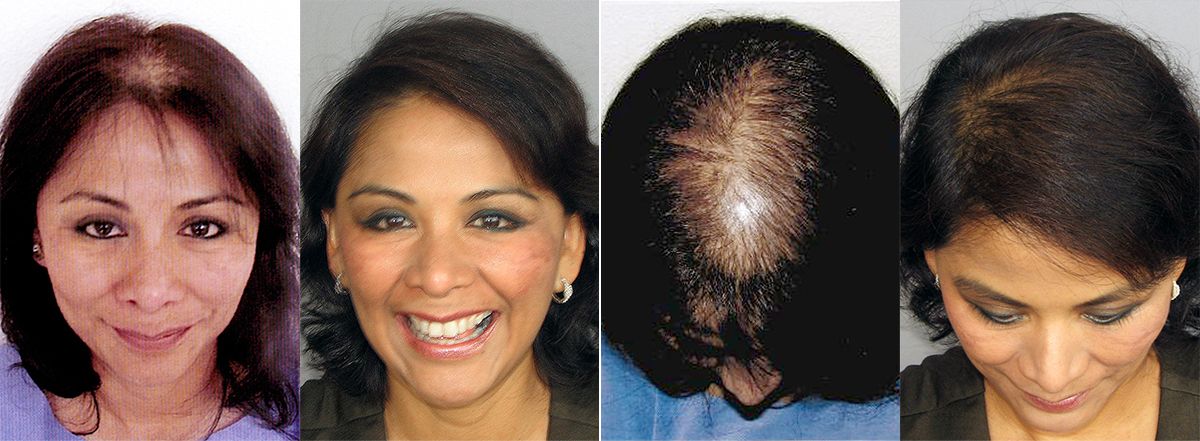 Eating a variety of fruits, vegetables, and healthy proteins helps ensure the body is getting the nutrients it needs to function and promote healing.
Eating a variety of fruits, vegetables, and healthy proteins helps ensure the body is getting the nutrients it needs to function and promote healing.
The Trichological Society recommends the following foods for hair growth:
- fish, including salmon and mackerel
- dark, leafy greens, including spinach, Swiss chard, and broccoli
- legumes, such as kidney beans and lentils
- nuts, such as Brazil nuts, walnuts, pecans, almonds, macadamia nuts, and cashews
- carrots
Taking nutritional supplements
While no specific vitamins are proven to improve or reverse postpartum hair loss, the United Kingdom’s National Health Service (NHS) suggests that everyone consider a daily vitamin D supplement, including those pregnant and nursing.
Practicing stress management
Stress can negatively affect a person’s health. According to the National Institutes of Health (NIH), chronic stress can cause hair loss.
A person can reduce their stress levels by:
- exercising regularly
- practicing relaxation techniques, such as meditation and yoga
- considering counseling
- practicing deep breathing
Learn moreLearn more about how to manage stress.

Managing stress:
- Why stress happens and how to manage it
- How to treat anxiety naturally
Breathing techniques:
- Useful breathing techniques to consider trying
- How to breathe properly for better health
Exercise during pregnancy:
- Exercise tips for pregnancy
- Which exercises are safe during early pregnancy?
Below are answers to some frequently asked questions regarding changes to a person’s hair and pregnancy.
Does lactation contribute to hair loss?
The Australian Breastfeeding Association notes that there is no relation between nursing and postpartum hair loss.
There are three main stages of hair growth: growth, apoptosis-driven regression, and quiescent state. People also refer to the growth stage as the anagen phase.
According to a 2016 retrospective review, 4 months after giving birth, lactation had an influence on the anagen phase.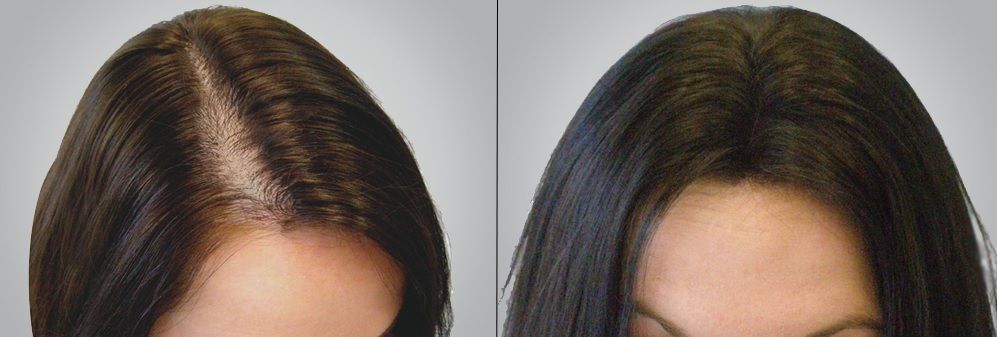
However, the authors also note that the total number of people in the research was too small to make an assumption regarding the effect of lactation on the health of a person’s hair.
Is hair loss a sign of pregnancy?
Hair loss is not typically an indication that a person is pregnant.
Although hair loss can occur during pregnancy, it typically results from a decrease in estrogen, which can happen:
- when a person stops taking their oral contraceptive pill
- due to a hormonal imbalance during pregnancy
- if a person has experienced a pregnancy loss or abortion
Signs of pregnancy include:
- missing a period
- missing two or more periods in a row
- slight bleeding
- sore and swollen nipples and breasts
- fatigue
- headaches
- vomiting and nausea
- food cravings or food aversions
- mood swings
- frequent urination
If a person thinks they might be pregnant, they should contact a medical professional.
Some people may notice their hair is thicker and grows more quickly during pregnancy. Shortly after childbirth, however, people may experience postpartum hair loss. This occurs as a result of changing hormone levels.
Postpartum hair loss can occur and is usually temporary. The AAD notes that many people may notice a peak in hair loss 4 months after childbirth.
If a person’s hair does not return to its previous condition after 1 year, they should contact a doctor.
10 Things That Might Surprise You About Being Pregnant (for Parents)
Pregnancy info is everywhere. At your first prenatal visit, your doctor will likely give you armfuls of pamphlets that cover every test and trimester.
Despite all this information, here are 10 common surprises that pregnancy can bring.
1. The Nesting Instinct
Many pregnant women feel the nesting instinct, a powerful urge to prepare their home for the baby by cleaning and decorating.
As your due date draws closer, you may find yourself cleaning cupboards or washing walls — things you never would have imagined doing in your ninth month of pregnancy! This desire to prepare your home can be useful — you'll have fewer to-do items after the birth.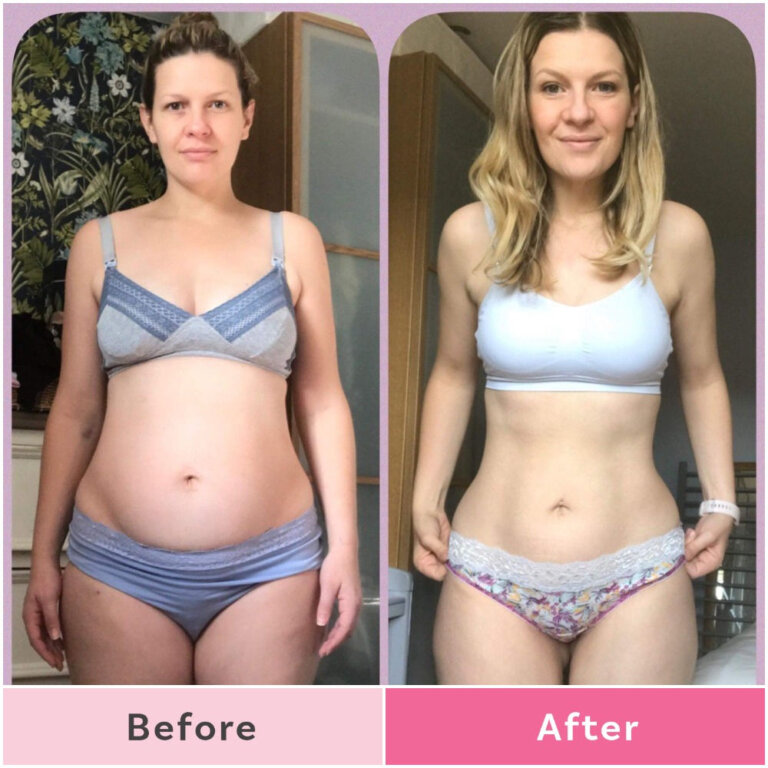 But be careful not to overdo it.
But be careful not to overdo it.
2. Problems With Concentration
In the first trimester, tiredness and morning sickness can make many women feel worn out and mentally fuzzy. But even well-rested pregnant women may have trouble concentrating and periods of forgetfulness.
Thinking about the baby plays a role, as do hormonal changes. Everything — including work, bills, and doctor appointments — may seem less important than the baby and the coming birth. Making lists can help you remember dates and appointments.
3. Mood Swings
Premenstrual syndrome and pregnancy are alike in many ways. Your breasts swell and become tender, your hormones go up and down, and you may feel moody. If you have PMS, you're likely to have more severe mood swings during pregnancy. They can make you go from being happy one minute to feeling like crying the next.
Mood swings are very common during pregnancy. They tend to happen more in the first trimester and toward the end of the third trimester.
Many pregnant women have depression during pregnancy. If you have symptoms such as sleep problems, changes in eating habits, and mood swings for longer than 2 weeks, talk to your health care provider.
4. Bra Size
An increase in breast size is one of the first signs of pregnancy. Breast growth in the first trimester is due to higher levels of the hormones
estrogenand progesterone. That growth in the first trimester might not be the end, either — your breasts can continue to grow throughout your pregnancy!
Your bra size also can be affected by your ribcage. When you're pregnant, your lung capacity increases so you can take in extra oxygen, which may lead to a bigger chest size. You may need to replace your bras several times during your pregnancy.
5. Skin Changes
Do your friends say you have that pregnancy glow? It's one of many effects that can come from hormonal changes and your skin stretching.
Pregnant women have increased blood volume to provide extra blood flow to the uterus and other organs, especially the kidneys. The greater volume brings more blood to the vessels and increases oil gland secretion.
The greater volume brings more blood to the vessels and increases oil gland secretion.
Some women develop brownish or yellowish patches called chloasma, or the "mask of pregnancy," on their faces. And some will notice a dark line on the midline of the lower abdomen, known as the linea nigra (or linea negra). They can also have hyperpigmentation (darkening of the skin) of the nipples, external genitalia, and anal region. That's because pregnancy hormones cause the body to make more pigment.
This increased pigment might not be even, so the darkened skin may appear as splotches of color. Chloasma can't be prevented, but wearing sunscreen and avoiding UV light can minimize its effects.
Acne is common during pregnancy because the skin's sebaceous glands make more oil. And moles or freckles that you had before pregnancy may get bigger and darker. Most of these skin changes should go away after you give birth.
Many pregnant women also get heat rash, caused by dampness and sweating.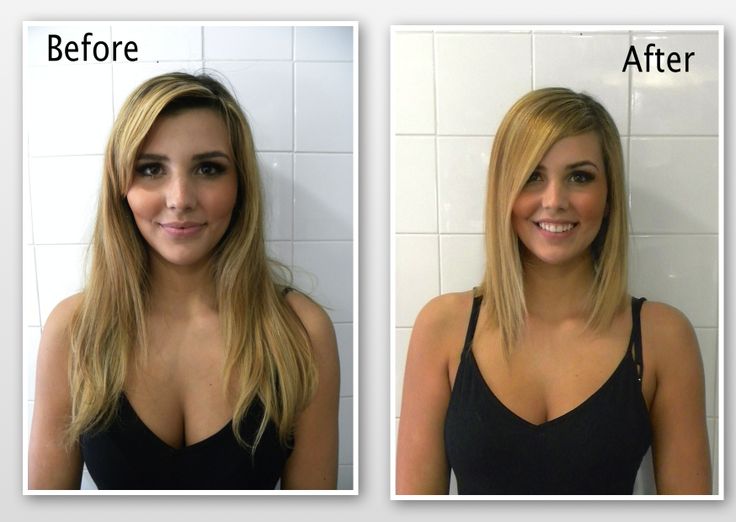 In general, pregnancy can be an itchy time for a woman. Skin stretching over the abdomen may cause itchiness and flaking. Your doctor can recommend creams to soothe dry or itchy skin.
In general, pregnancy can be an itchy time for a woman. Skin stretching over the abdomen may cause itchiness and flaking. Your doctor can recommend creams to soothe dry or itchy skin.
page 4
6. Hair and Nails
Many women have changes in hair texture and growth during pregnancy. Hormones can make your hair grow faster and fall out less. But these hair changes usually aren't permanent. Many women lose some hair in the postpartum period or after they stop breastfeeding.
Some women find that they grow hair in unwanted places, such as on the face or belly or around the nipples. Changes in hair texture can make hair drier or oilier. Some women even find their hair changing color.
Nails, like hair, can change during pregnancy. Extra hormones can make them grow faster and become stronger. Some women, though, find that their nails split and break more easily during pregnancy. Like the changes in hair, nail changes aren't permanent. If your nails split and tear more easily when you're pregnant, keep them trimmed and avoid the chemicals in nail polish and nail polish remover.
7. Shoe Size
Even though you can't fit into any of your pre-pregnancy clothes, you still have your shoes, right? Maybe — but maybe not. Extra fluid in their pregnant bodies mean that many women have swollen feet and need to wear a larger shoe size. Wearing slip-on shoes in a larger size can be more comfortable, especially in the summer months.
8. Joint Mobility
During pregnancy, your body makes the hormone relaxin, which is believed to help prepare the pubic area and the cervix for the birth. Relaxin loosens the ligaments in your body, making you less stable and more at risk for injury. It's easy to overstretch or strain yourself, especially the joints in your pelvis, lower back, and knees. When exercising or lifting objects, go slowly and avoid sudden, jerking movements.
9. Varicose Veins, Hemorrhoids, and Constipation
Varicose veins, usually found in the legs and genital area, happen when blood pools in veins enlarged by pregnancy hormones. Varicose veins often go away after pregnancy. To help prevent them:
To help prevent them:
- avoid standing or sitting for long periods
- wear loose-fitting clothing
- wear support hose
- raise your feet when you sit
Hemorrhoids — varicose veins in the rectum — are common during pregnancy as well. Your blood volume has increased and your uterus puts pressure on your pelvis. So the veins in your rectum may enlarge into grape-like clusters. Hemorrhoids can be very painful, and can bleed, itch, or sting, especially during or after a bowel movement (BM).
Constipation is another common pregnancy woe. It happens because pregnancy hormones slow the passing of food through the gastrointestinal tract. During the later stages of pregnancy, your uterus may push against your large intestine, making it hard for you to have a BM. And constipation can contribute to hemorrhoids because straining to go may enlarge the veins of the rectum.
The best way to deal with constipation and hemorrhoids is to prevent them.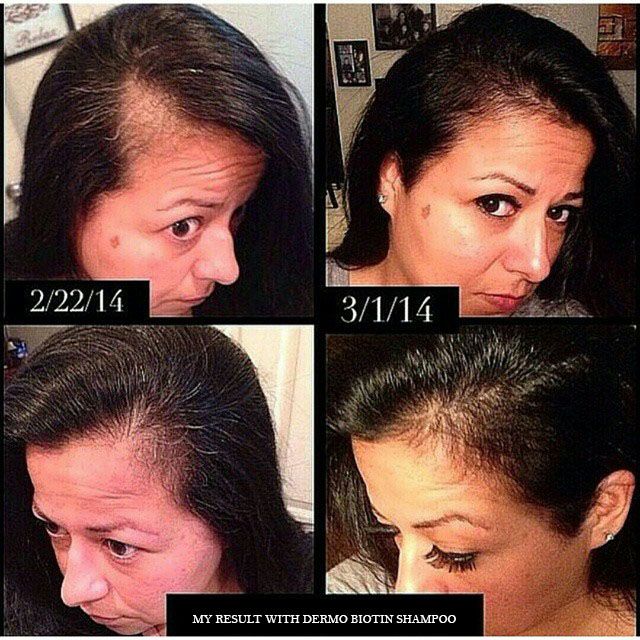 Eating a fiber-rich diet, drinking plenty of liquids daily, and exercising regularly can help keep BMs regular. Stool softeners (not laxatives) may also help. If you do have hemorrhoids, talk to your health care provider about a cream or ointment that can shrink them.
Eating a fiber-rich diet, drinking plenty of liquids daily, and exercising regularly can help keep BMs regular. Stool softeners (not laxatives) may also help. If you do have hemorrhoids, talk to your health care provider about a cream or ointment that can shrink them.
10. Things That Come Out of Your Body During Labor
So you've survived the mood swings and the hemorrhoids, and you think your surprises are over. But the day you give birth will probably hold the biggest surprises of all.
During pregnancy, fluid surrounds your baby in the amniotic sac. This sac breaks (or "ruptures") at the start of or during labor — a moment usually referred to as your water breaking. For most women in labor, contractions start before their water breaks. Sometimes the doctor has to rupture the amniotic sac (if the cervix is already dilated).
How much water can you expect? For a full-term baby, there are about 2 to 3 cups of amniotic fluid. Some women may feel an intense urge to pee that leads to a gush of fluid when their water breaks.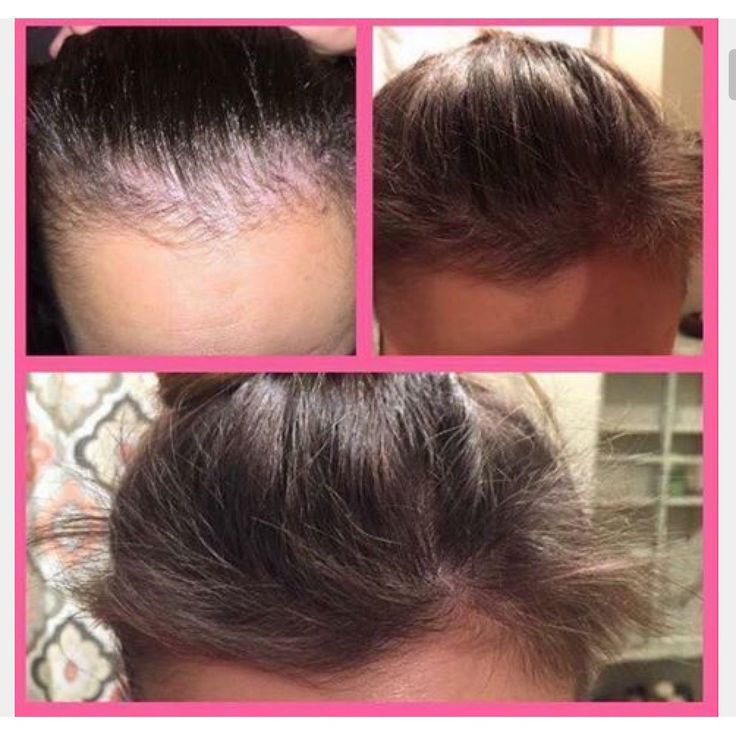 Others may only feel a trickling down their leg because the baby's head acts like a stopper to prevent most of the fluid from leaking out.
Others may only feel a trickling down their leg because the baby's head acts like a stopper to prevent most of the fluid from leaking out.
Amniotic fluid is generally sweet-smelling and pale or colorless. It's replaced by your body every 3 hours, so don't be surprised if you continue to leak fluid, about a cup an hour, until delivery.
Other, unexpected things may come out of your body during labor. Some women have nausea and vomiting. Others have diarrhea before or during labor, and passing gas is also common. During the pushing phase of labor, you may lose control of your bladder or bowels.
A birth plan can help communicate your wishes to your health care providers about how to handle these and other aspects of labor and delivery.
Lots of surprises are in store for you when you're pregnant — but none sweeter than the way you'll feel once your newborn is in your arms!
HAIR AND PREGNANCY, hair loss during pregnancy, hair care
We tell you what changes occur
with hair during pregnancy and after childbirth,
about coloring and care procedures.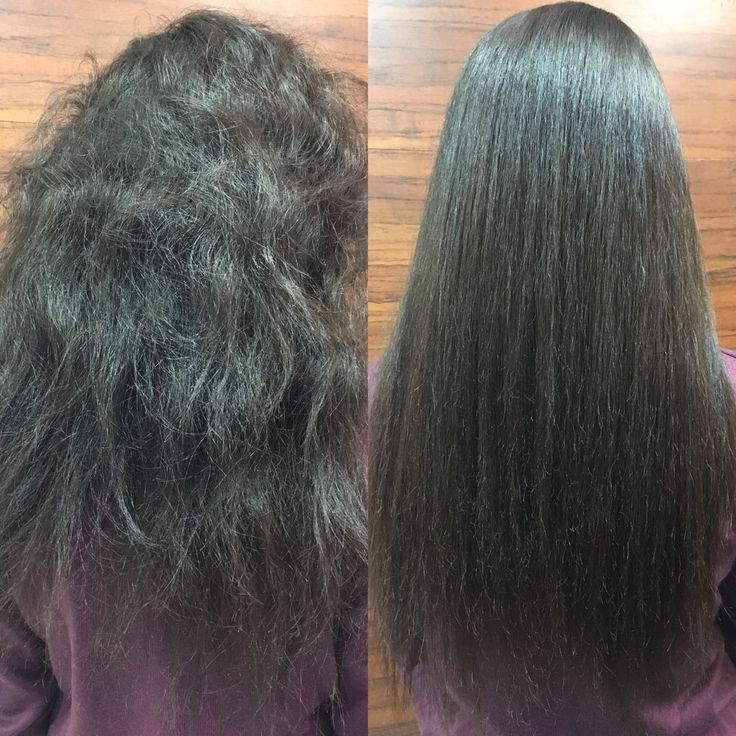
During pregnancy and breastfeeding women notice that their hair becomes more weak and brittle .
In the article we will tell you how to restore health and maintain a beautiful appearance kind of hair in this period. Let's touch on the topic of staining and answer other questions that are of interest to fans of our brand.
Is hair coloring
safe during pregnancy ?
There are two opposite opinions about this.
Some say that staining should be avoided, since this is a chemical effect of
on the body, which is a priori harmful, and doubly so during pregnancy.
Others claim that coloring with modern formulations is absolutely safe
and cannot harm either mother or baby.
Let's see how staining is carried out and whether it can harm.
Hair coloring -
is a chemical process involving ammonia.
To create a color composition, the stylist mixes the color containing ammonia with an oxidizing agent. As a result, a chemical reaction takes place,0004 which is called oxidation of .
When coloring, ammonia lifts the hair scales , allowing coloring pigments and nutrients to penetrate into the hair. The oxidation reaction continues on the hair for no more than 10 minutes , after which the ammonia evaporates and other substances come into play.
However, the active mixture is in contact with the scalp for some time. And it is hygroscopic , the stratum corneum has high metabolic activity - everything that we put on the skin affects our body.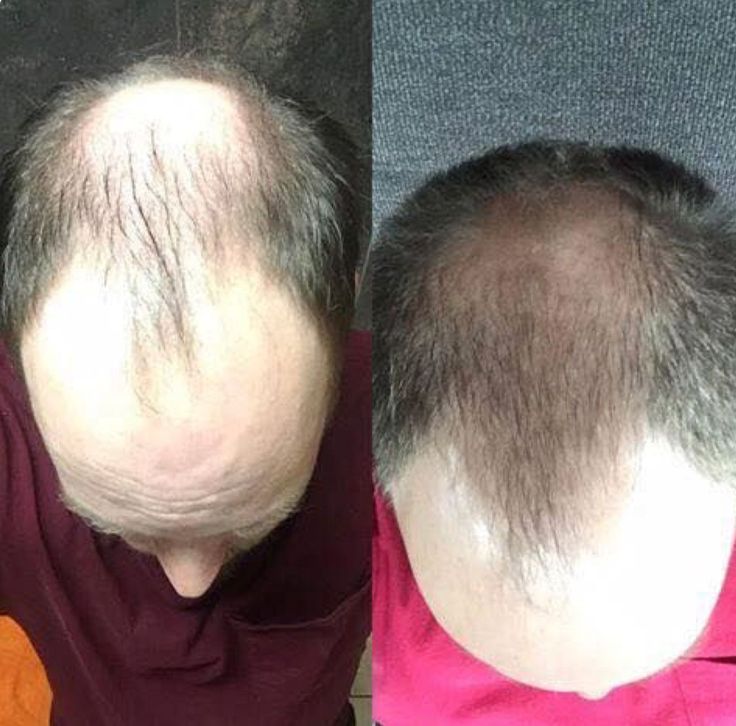 Therefore frequent staining during pregnancy is not recommended .
Therefore frequent staining during pregnancy is not recommended .
With standard
staining intervals of 9 months, there will be no more than 3-4 treatments.
The total time ammonia is in contact with skin and hair is very small. If the coloring composition is applied to intact skin, as required by the instructions, systemic absorption will be so small that
that will not harm the expectant mother and baby.
During pregnancy,
becomes more sensitive to cosmetic products.
There may be intolerance to some odors,
including ammonia. In this case, it is better to try a more gentle temporary staining with ammonia-free formulations.
Entrusting hair care during pregnancy is important to an experienced stylist. He will be able to select the most suitable product according to your position and hair condition.
We do not recommend coloring your hair during the first trimester of pregnancy as these are the most important months of embryo formation. In the future, the procedure can be carried out, observing an interval of 2–3 months .
In the future, the procedure can be carried out, observing an interval of 2–3 months .
How hormones affect hair ?
Usually during pregnancy, the hair looks more shiny and lively
due to increased levels of estrogen in the body. This hormone has a positive effect on
for the hair growth cycle: lengthens the anagen (growth) phase and reduces hair loss.
The placenta produces prostacyclin, which dilates blood vessels
and promotes good hydration of the scalp, thereby
stimulating hair growth. The combined action of estrogen and prostacyclin makes
hair stronger and more resistant.
At the end of pregnancy and after childbirth the situation changes.
The level of "caring" hormones drops sharply, and the action of prolactin
and androgen is enhanced.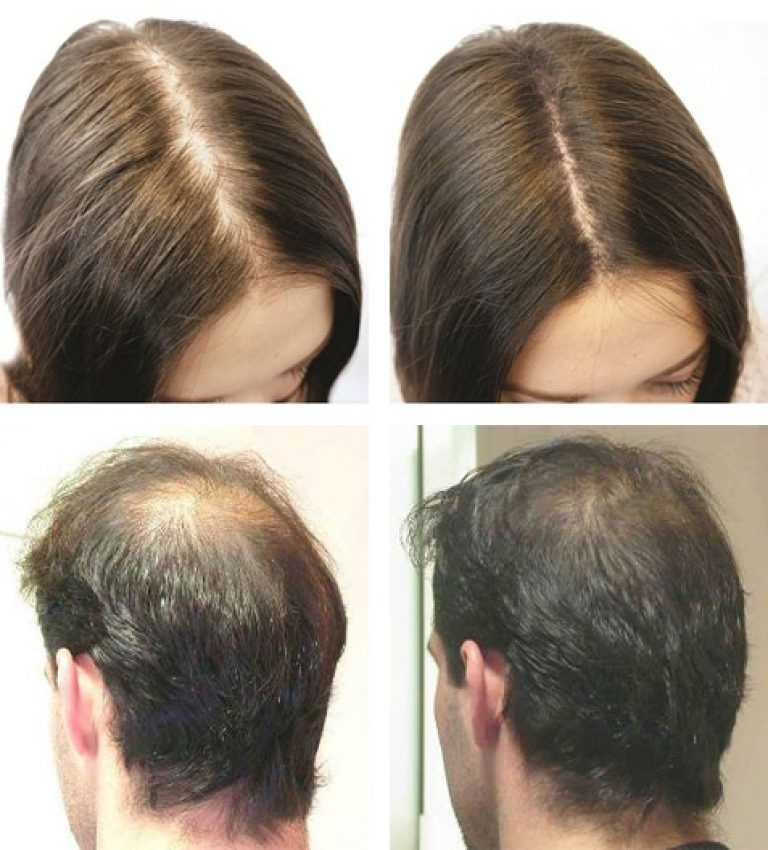 This "hormonal storm" greatly affects the
This "hormonal storm" greatly affects the
hair life cycle. They pass into the phase of catagen (rest),
and part - into the telogen phase (readiness for shedding).
This explains why hair loss occurs during breastfeeding. The process was named "postpartum outflow" .
Status unpleasant but temporary : in most cases
everything returns to normal within 6-12 months .
Lactation hair loss is a natural process to be experienced.
Salon treatments aimed at reducing hair loss
It is advisable to start them in the last month of pregnancy,
to strengthen the hair by the time the baby is born and the start of breastfeeding.
It is recommended to continue within a year after delivery.
Quality moisturizing
Stylish haircut
Hair and scalp require hydration and nourishment. During pregnancy, hormones help us, but after childbirth, we need to be especially vigilant.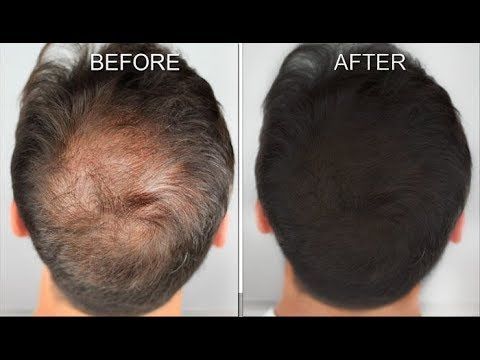 With dehydration, hair is the first to suffer, so it is important to use moisturizing and nourishing products. For example, combine anti-fallout program
With dehydration, hair is the first to suffer, so it is important to use moisturizing and nourishing products. For example, combine anti-fallout program
Lotion Concentree with reconstruction B-Refibre .
Hair loss during lactation is a natural process, but with a neat and easy to style haircut and proper care, it will become completely invisible. It is recommended to “lighten” the head by the seventh or eighth month of pregnancy. A fashionable hairstyle will cheer you up and relieve stress.
There are three easy steps to help improve your hair during lactation:
Can hair loss be avoided? If this happened to you...
Why is this happening?
During pregnancy, estrogen levels increase in the body, which promotes hair growth. If usually about 100 hairs fall out per day, then during pregnancy this process stops, so the hair becomes strong, lush and shiny. The exception is women whose hair condition worsens already during pregnancy - hormonal changes become a great stress for their body, and the hair takes the first blow in this situation.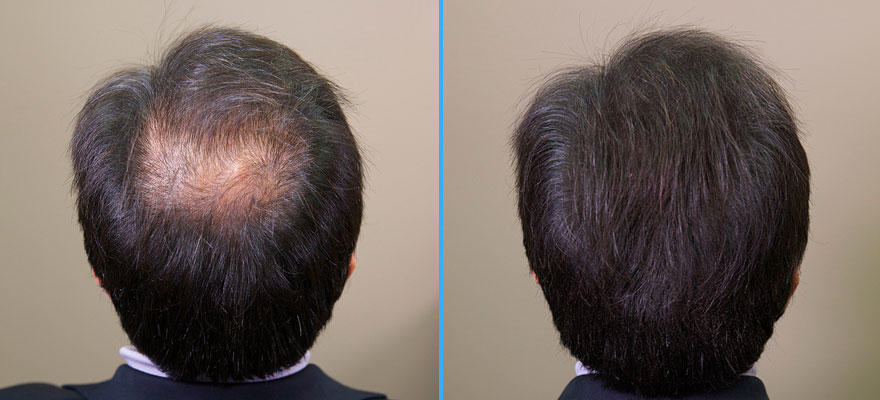
Big changes occur after childbirth, when the level of estrogen gradually drops and the body returns to its pre-pregnancy state. Hair, which during pregnancy was firmly held on the head, begins to fall out. Hormonal changes cause not only hair loss, but also a change in their appearance: hair can become thin, dull and lifeless.
Approximately two months after childbirth, the body restores balance, and the restoration of the normal state of the hair begins - many new small hairs appear at the hairline. You can wait until nature does its job, but there are a few things you can do on your own to improve the situation.
How to improve the condition of the hair?
- Approach the problem from the inside. Weakened, brittle hair often suffers from mineral deficiencies. If the daily diet is not balanced, nutritional supplements will come to the rescue. It is important to maintain normal levels of iron, copper, zinc and vitamin D in the body.
- Stay positive! That’s right – reduce your stress levels and get good sleep. Stress interferes with hair growth and leads to premature hair loss. Getting rid of tension is not always easy, but you just need to start to relax normally and learn to relax; this will give the body vigor, and the roots of the hair - enough energy to withstand stress.
Stress interferes with hair growth and leads to premature hair loss. Getting rid of tension is not always easy, but you just need to start to relax normally and learn to relax; this will give the body vigor, and the roots of the hair - enough energy to withstand stress.
– Eat right. If the body is deficient in nutrients, it is not surprising that hair suffers as well. A very important building material for hair is protein, that is, a protein that strengthens them and prevents them from falling out. Protein is found in large quantities in meat, fish, milk, nuts (particularly almonds) and eggs. For scalp problems, you can add probiotic supplements to your diet.
- Try special hair care products. Hair growth products support capillary circulation in the scalp and strengthen the hair roots. They can be produced in the form of shampoos, balms, serums and nutritional supplements. To get the result you need to complete the full course. Check out the Placent Activ Milano product range here.
